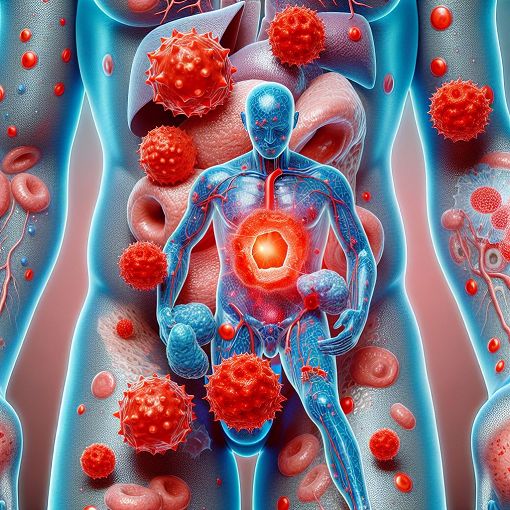L-03-01-P81 - Acute and Chronic Inflammation
{"name":"L-03-01-P81 - Acute and Chronic Inflammation", "url":"https://www.quiz-maker.com/QPREVIEW","txt":"Test your knowledge on acute and chronic inflammation with this engaging quiz! Perfect for students and anyone interested in understanding the intricacies of the immune response.Topics covered include:The role of inflammation in the immune systemSigns and types of inflammationDifferences between acute and chronic inflammation","img":"https://cdn.poll-maker.com/104-5106967/img-pdpf196pupchboql02dme5tp.jpg"}
More Quizzes
Histology test 2
10529
Epithelial tissue
1260
Choose Your Cleanse
1160
Syllogisms and Fallacies
26130
Free Outlook 365 Feature Knowledge Test
201026666
World Cup Football: Are You a Trivia Champion?
201031764
Atmospheric Chemistry
15830999
Free Intrusion Upon Seclusion
201027195
Discover Your Dragon Spirit
201023958
Indiana Hoosiers Football Trivia - Test Your Skill
201030277
Free Irony Quick Check
201026162
Free Employee Service Training
201030999
